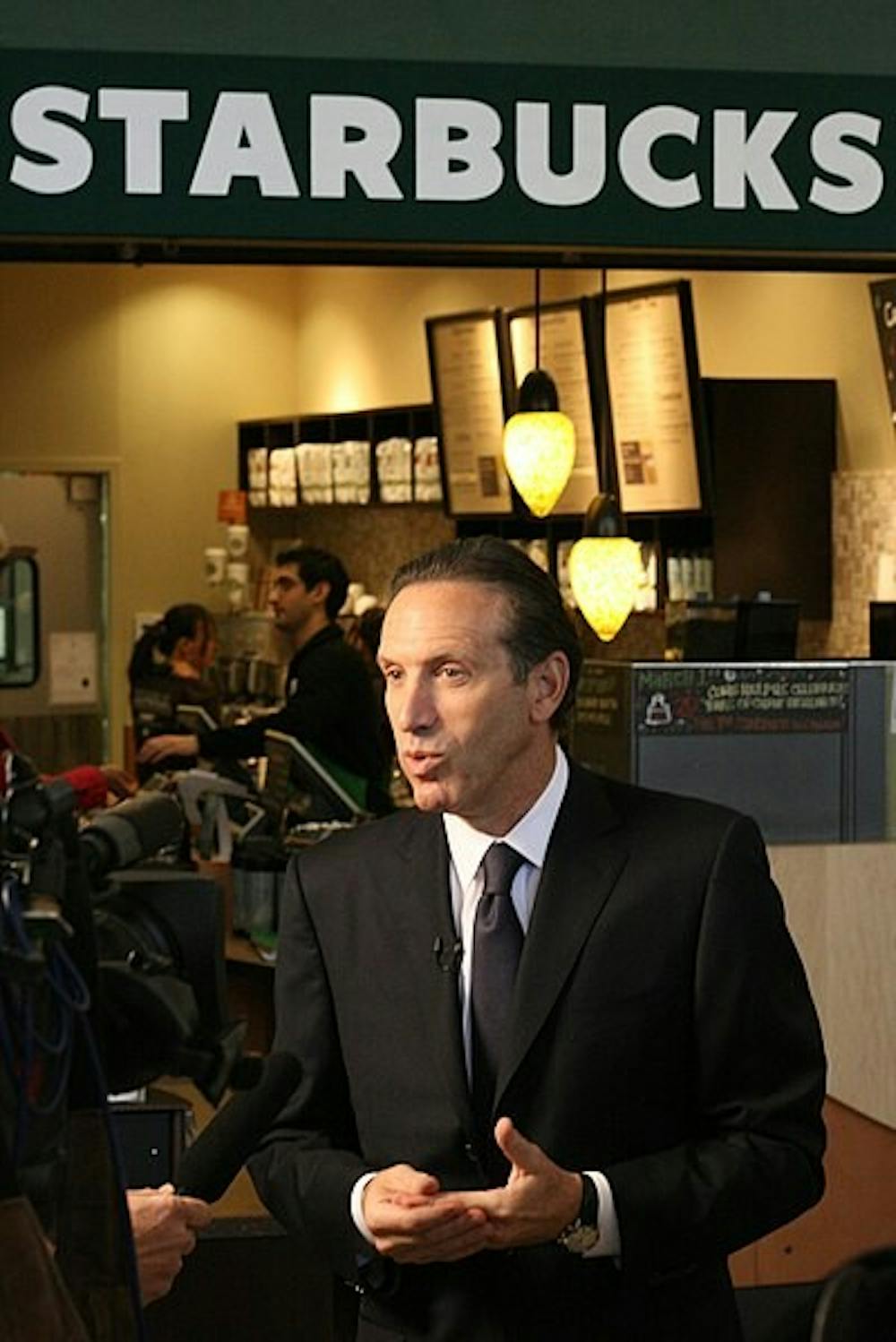Howard Schultz, the former CEO of Starbucks, is now considering running for president as an independent. Recently, Schultz was asked at a CNN Town Hall about last year’s racial profiling incident at a Starbucks in Philadelphia. His response was alarming: “As somebody who grew up in a very diverse background as a young boy in the projects, I didn’t see color as a young boy, and I honestly don’t see color now.”
Schultz’s statement reveals a striking lack of understanding of how race operates in society. The colorblindness Schultz claims is not just misguided but actively harmful to the cause of racial justice by ignoring the ongoing inequality that permeates American society. Pretending not to see race does not solve the problem of racism – instead, it inhibits the fight against racism.
Schultz’s assertion of colorblindness is ridiculous on its face. Race is socially constructed, but its effects are real. The ideology of colorblindness is used to distance oneself from the racial inequality all around us. Sociologists who have studied colorblindness as an ideology “fear that the refusal to take public note of race actually allows people to ignore manifestations of persistent discrimination,” especially those more covert yet entrenched forms of discrimination in education, housing, health care, and beyond.
Conversely, moving away from colorblindness, and recognizing one’s racial identity and their role in society, “can lead to more understanding of our racially stratified society and can give rise to a willingness to work for change.” If Schultz truly believes in advancing the cause of racial justice, he has to recognize the world we live in rather than pretend race does not exist. This is especially important if he seeks to be the leader of a country still characterized by racial inequality.
Starbucks’ vice chair Mellody Hobson acknowledged that “colorblindness is very dangerous because it means we’re ignoring the problem,” and said “we cannot afford to be color blind. We have to be color brave.” Schultz would do well to embrace this ideology.
What is color-braveness? It means having the conviction to identify racial injustice and then have a concrete plan to address it. Already in the Democratic primary, candidates are putting forth policies that explicitly target racial inequality. A good example of this is Senator Cory Booker’s baby bonds policy, which aims to eliminate the racial wealth gap. In a presidential race that will be shaped by President Trump’s repeated appeals to racial animus and outright racism, it is imperative that opposing candidates not just speak, but act to counter his ideology by embracing the necessity of concrete steps for combating racism and its societal effects.
The dangers of colorblindness reach beyond the presidential race, however. Advocacy for colorblind policy threatens many civil rights advances — see the resegregation of schools or the gutting of the Voting Rights Act — by failing to recognize continuing racial inequality.
With regards to the University, the prevalence of colorblindness could shape the future of affirmative action. President Eisgruber discussed this possibility in his recent State of the University letter.
Eisgruber stated that if the country had eliminated “racial inequalities in schooling, in policing, in healthcare, in housing, and in employment … we would not need to consider race today when seeking the talent and perspectives essential to Princeton’s teaching and research mission.” But without structural changes to address the systemic racism that holds people back, Eisgruber reiterated the necessity of considering race “as one factor among others in a holistic admission process.”
Eisgruber rightly criticizes a colorblind admissions process, as it would fail to take into account the effects that racism has on applicants’ lives. Moreover, his statement shows a nuanced understanding of why colorblindness fails to serve the very people it purports to help, by ignoring the struggles of disadvantaged groups.
What Eisgruber realizes, and Schultz and many others fail to understand, is that the precondition for racial justice is an honest acknowledgement of race, prejudice, and our own biases and power. Schultz is but the most recent voice advocating for the ideology of colorblindness, but the view is shared widely across politics, education, and more, and presents a persistent challenge for those fighting for racial equality.
It’s easy to say “I don’t see color.” It’s harder to accept your responsibility to work for a more equitable and just society.

Julia is a first-year from Wellesley Hills, M.A. She can be reached at chaffers@princeton.edu.








